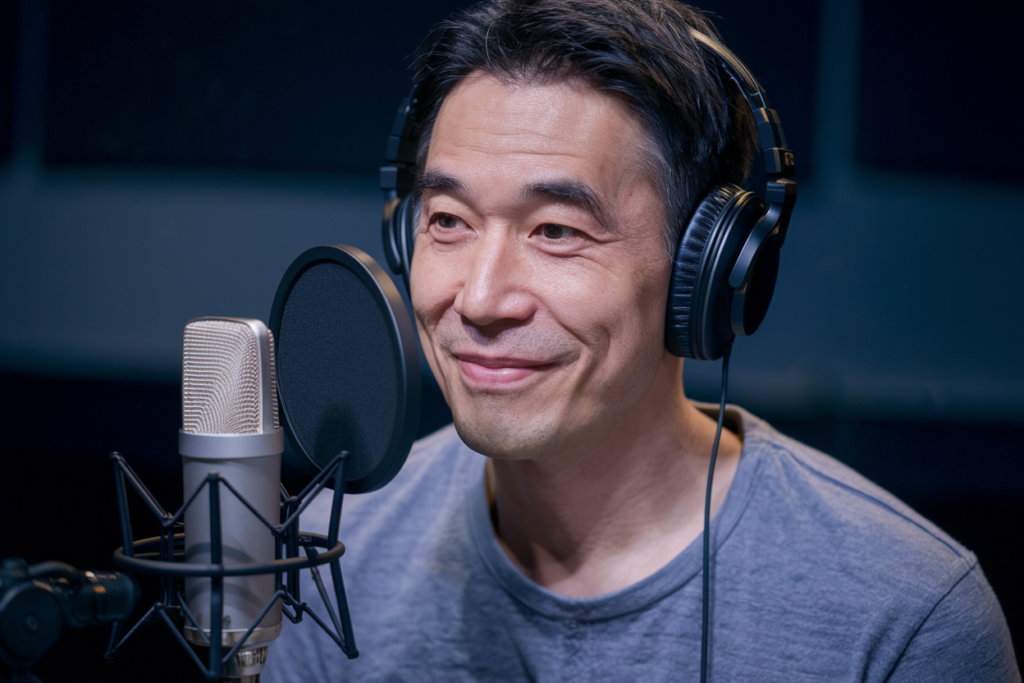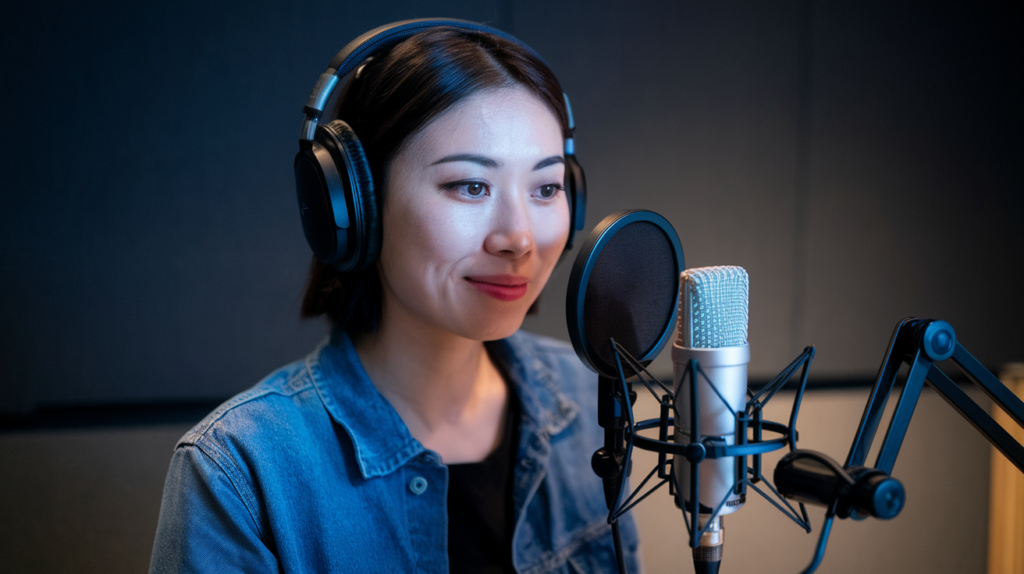Key Takeaways
- Enhance Accessibility: Subtitles ensure your Japanese corporate videos reach a broader audience, including non-Japanese speakers and individuals with hearing impairments.
- Foster Engagement: Clear subtitles improve viewer engagement by making messages easier to understand, leading to better retention and positive brand perception.
- Cultural Nuances Matter: Adapt translations to reflect local customs and idiomatic expressions, ensuring that the emotional impact of the original message is preserved.
- Technical Considerations: Use readable fonts and appropriate sizes (minimum 24 points) while maintaining high contrast for optimal visibility in subtitles.
- Timing Is Key: Synchronize subtitles with spoken dialogue, displaying them for 1-6 seconds based on complexity to enhance comprehension without overwhelming viewers.
- Best Practices for Clarity: Keep subtitles concise with no more than 1-2 lines of text per screen, avoiding jargon unless necessary, to ensure clarity and reduce ambiguities.
Ever wondered how to make your Japanese corporate videos truly shine with subtitles? You’re not alone! Crafting effective subtitles can elevate your content and ensure it resonates with a wider audience.
Importance Of Subtitles In Japanese Corporate Videos
Subtitles play a crucial role in Japanese corporate videos. They enhance accessibility, ensuring that content reaches a wider audience, including non-Japanese speakers and those with hearing impairments. By providing clear text onscreen, you enable viewers to follow along without missing vital information.
Subtitles also improve viewer engagement. When your message is easy to understand, it resonates more effectively with audiences. This connection can lead to increased retention of key points and foster positive brand perception.
Moreover, accurate subtitles help maintain the video’s context and meaning. They bridge cultural gaps by translating nuances and idiomatic expressions that might otherwise be lost. High-quality subtitles ensure that all viewers grasp the intended message, regardless of their language proficiency.
In addition to these benefits, subtitles complement voiceovers seamlessly. When combined with professional voice talent, they create a richer viewing experience. The synergy between spoken words and written text enhances clarity while allowing for a polished presentation.
Investing time in crafting effective subtitles not only elevates your corporate video but also positions your brand as thoughtful and inclusive in communication efforts.
Key Considerations For Subtitling
Subtitling for Japanese corporate videos involves several key considerations that enhance viewer experience. Understanding these factors ensures effective communication across diverse audiences.
Understanding Cultural Nuances
Recognizing cultural nuances is crucial when creating subtitles. Language often carries subtleties that reflect local customs and expressions. If you’re translating dialogue, it’s essential to adapt phrases or idioms to resonate with the target audience without losing the original message. For instance, a direct translation may not convey the same emotional impact in another culture. By considering these differences, you ensure your subtitles maintain their effectiveness and relevance.
Choosing The Right Language Style
Selecting an appropriate language style significantly affects how viewers perceive your content. Formality levels vary between cultures; therefore, using a tone that aligns with your audience’s expectations enhances engagement. Opt for clear and concise language while keeping it relatable. Avoid jargon unless necessary for industry-specific contexts—clear communication fosters better understanding and retention of key points within the video material.
Incorporating voiceover alongside well-crafted subtitles can elevate your video’s overall impact, making it more accessible to both Japanese speakers and non-Japanese speakers alike. Effective synergy between spoken words and on-screen text enriches the viewing experience, ensuring clarity while bridging any cultural gaps present in your content.
Technical Aspects Of Subtitling
Creating effective subtitles involves several technical considerations. These factors ensure your Japanese corporate videos are accessible and engaging for all viewers.
Font And Size Recommendations
Choose a font that’s easy to read, even on smaller screens. Sans-serif fonts like Arial or Helvetica offer clarity and simplicity. Use a font size of at least 24 points to ensure readability without overwhelming the visuals. Maintain consistent formatting throughout the video; this creates a professional appearance. Avoid decorative fonts that may distract from the message. Aim for high contrast between text color and background for optimal visibility.
Timing And Synchronization Tips
Timing is crucial for effective subtitling. Ensure subtitles appear in sync with spoken dialogue, allowing viewers enough time to read without missing key content. Typically, display each subtitle for about 1-6 seconds based on complexity and reading speed preferences. You can also consider breaking longer sentences into multiple lines to enhance comprehension.
Adjust synchronization carefully when incorporating voiceovers alongside subtitles. Effective timing ensures that both elements complement each other rather than compete for attention, creating a seamless viewing experience that resonates with your audience while maintaining cultural context and meaning.
Best Practices For Effective Subtitles
Effective subtitles enhance the viewer’s experience and ensure your message resonates. Here are some best practices to consider.
Keeping It Concise And Clear
Keep subtitles short and straightforward. Aim for 1-2 lines of text, allowing viewers enough time to read without feeling rushed. Each line should contain no more than 42 characters; this keeps it legible and digestible. Use plain language; avoid jargon unless necessary. When integrating voiceovers, make sure the timing aligns with your subtitles for a seamless flow.
Avoiding Ambiguities
Eliminate confusing phrases that might mislead viewers. Be specific in translations; cultural nuances matter greatly in Japanese contexts. If using idioms or expressions, find equivalent phrases that maintain clarity and intent. This approach ensures that everyone, including those relying on voiceovers or reading skills, grasps your message without misunderstanding.
Conclusion
Creating effective subtitles for your Japanese corporate videos is essential for maximizing engagement and accessibility. By focusing on cultural nuances and selecting the right language style, you can ensure that your message resonates with a diverse audience.
Remember to maintain clarity and conciseness in your subtitles while considering technical aspects like font choice and synchronization. These details not only enhance readability but also strengthen viewer retention of key points.
Investing effort into well-crafted subtitles showcases your brand’s commitment to inclusive communication, ultimately leading to a more positive perception among viewers. Prioritize these tips to elevate the impact of your corporate videos and connect meaningfully with your audience.
Frequently Asked Questions
Why are subtitles important for Japanese corporate videos?
Subtitles enhance accessibility for non-Japanese speakers and individuals with hearing impairments. They improve viewer engagement by making content easier to understand, leading to better retention of key points and a positive brand perception.
How can cultural nuances affect subtitling?
Understanding cultural nuances is crucial for adapting phrases or idioms in subtitles. This ensures that the message resonates with the target audience without losing its original meaning, enhancing overall viewer engagement.
What are some best practices for creating effective subtitles?
Best practices include keeping subtitles concise (1-2 lines, max 42 characters), using plain language, avoiding jargon, and ensuring translations respect cultural nuances. Clear formatting and synchronization with dialogue are also essential.
What font style is recommended for subtitles?
Using easy-to-read sans-serif fonts like Arial or Helvetica is recommended. A minimum font size of 24 points ensures optimal readability, while high contrast between text color and background enhances visibility.
How long should subtitles stay on screen?
Subtitles should be displayed for 1-6 seconds based on complexity. This timing allows viewers enough time to read while maintaining synchronization with the spoken dialogue for a cohesive viewing experience.







